My Introduction to Oud Perfumes
Oud is a paradox. The exquisite aroma that set the imagination of Japanese poets and Sufi mystics aflame develops as a result of a disease. When healthy, the wood of Aquilaria tree species is odorless, but once a certain type of mold affects them, they release an aromatic essence to protect their tissues from decomposition. It’s a slow process, during which blond wood turns dark and hard as a stone and develops a fragrance of uncommon complexity. It has the notes of sweet tobacco, incense, leather, and smoked spices, with a lingering undercurrent of bitter honey and crushed mint. While it’s known by many names, including aloeswood, agarwood, gaharu, or jinko, its other name, dark gold, will be instantly recognizable to oud lovers.
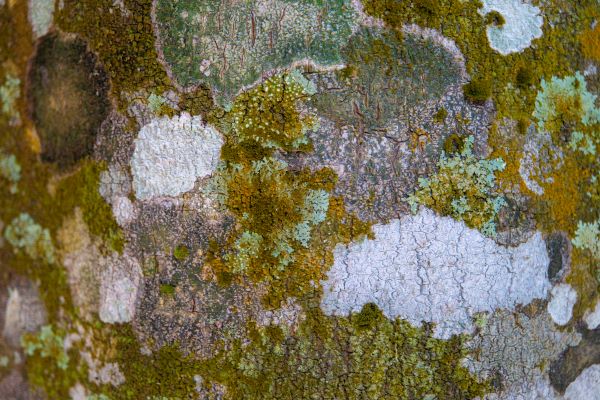
Although an ingredient with centuries old history in the Eastern world, it’s a relative newcomer to European perfumery. One of the first fragrances to use this note was Yves Saint Laurent’s M7, created under the direction of Tom Ford in 2002. The composition—its dramatic effect enhanced by a controversial nude male ad–had a cool, herbal top note that fell straight into the tobacco and animalic warmth of oud. It was relaunched a few years ago as M7 Oud Absolu, softer and lighter, but with the original’s vivid character.
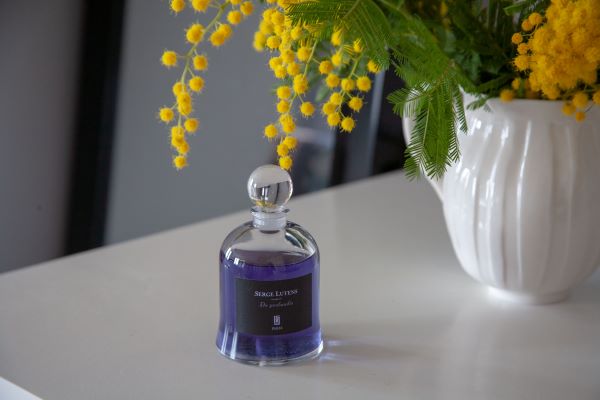
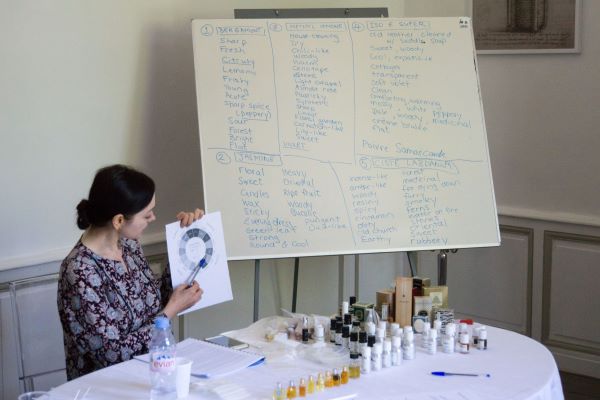
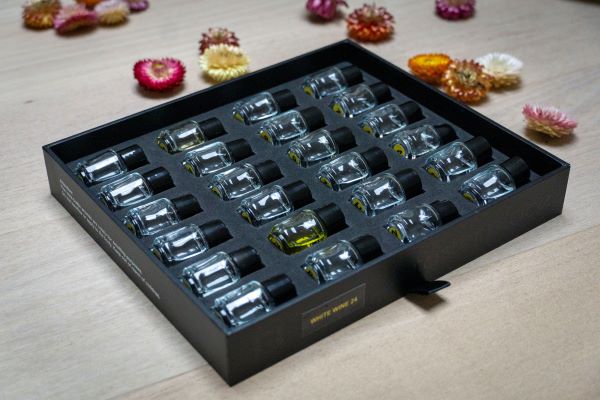
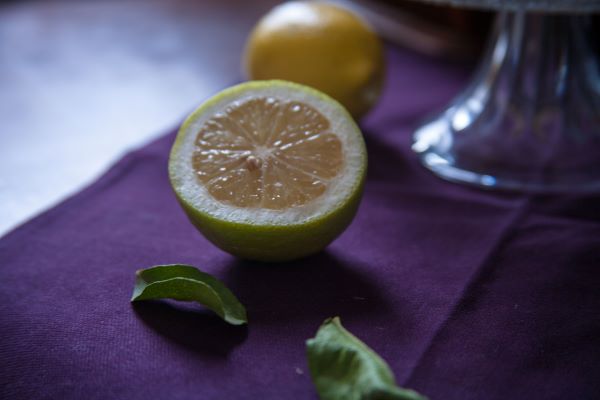
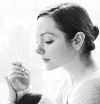
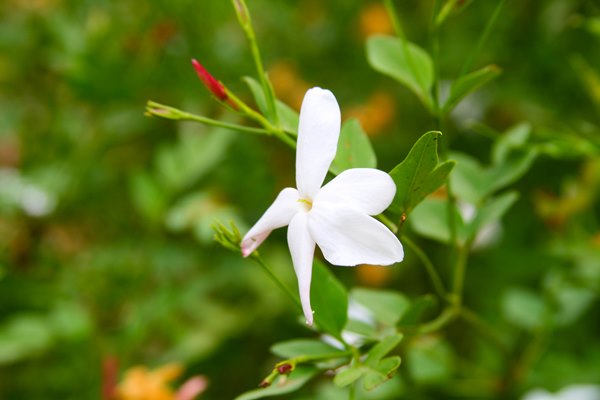
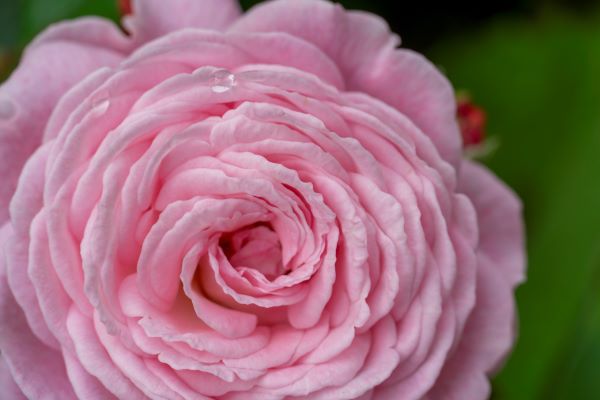
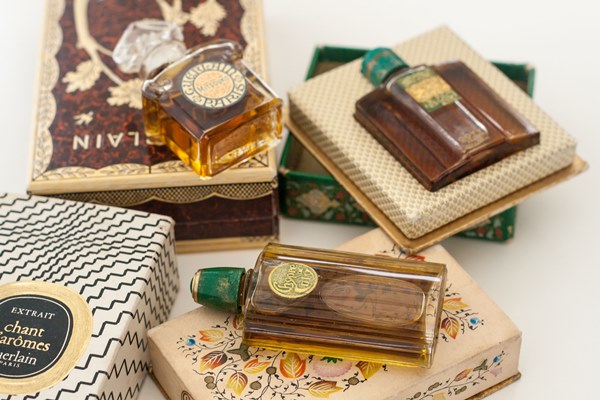








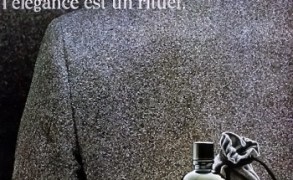

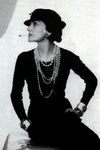
Judith R in From Gingerbread to Kue Lapis: Spicy Gourmand Perfumes for Holidays: Not exactly gingerbread, but Safran Troublant by L’Artisan Parfumeur is a favorite warm and festive fragrance of mine. December 27, 2024 at 6:13pm